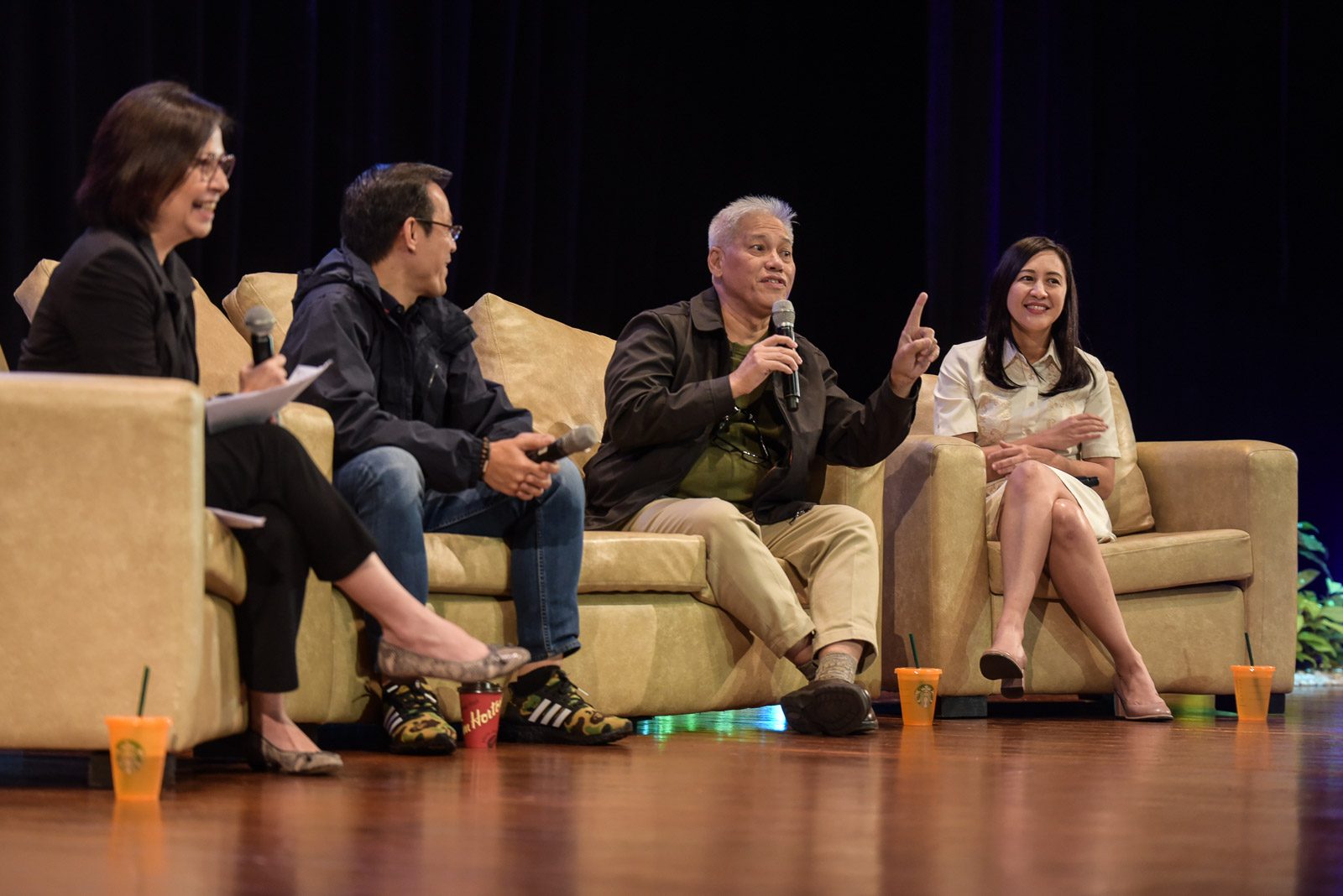SUMMARY
This is AI generated summarization, which may have errors. For context, always refer to the full article.

MANILA, Philippines – To make living in metropolitan areas a better experience, local chief executives need the help of urban planners.
This was Paulo Alcazaren’s advice to Metro Manila mayors during the 2019 Manila Social Good Summit panel on making metro areas livable on Saturday, September 21.
Alcazaren, who has been an urban planner for 38 years, said there were only 6,000 of them in the profession. He then invited the audience at the Yuchengco Hall of De La Salle University in Manila to consider a career in urban planning.
“There are 16,000 architects who have world-class buildings but once you step out you get run over. So we need, and all these mayors [and] their plantillas require urban planners and landscape architects and urban designers. We need people in the planning profession to be able to help us all move to a brighter future,” he said.
A Rappler survey revealed that majority of Metro Manilans wanted their mayors to prioritize traffic and transportation. During the panel, Manila Mayor Isko Moreno said that he could not think of a solution to traffic, but the least he could do as mayor was to clear the streets of all types of obstructions.
Alcazaren agreed that the best mayors could do within their first 3-year term was clearing roads of obstructions, saying it was the most doable initiative and it had to be sustained. However, he said trying to solve traffic was the wrong approach.
“I do have to remind everyone that traffic is not the problem. Traffic is just the symptom of the problem of the lack of [an] integrated, comprehensive transport system in the whole metropolis… The thing is to provide Metro Manila and all of our metro areas all around the country with a comprehensive transport system and that is rail-based mass transport system. Not motorized, that’s bikes and walking,” he said.
Alcazaren said the priorities of national agencies like the Department of Public Works and Highways have to be tweaked towards this type of infrastructure.
The Department of Transportation (DOTr) has allotted P100.6 billion in their 2020 budget for railways, specifically for 6 major railway projects.
To add, Alcazaren also pointed out the need for pedestrian systems, such as pedestrian bridges along major thoroughfares. However, he said that the cost of these projects are too small to be prioritized by the DOTr.
“Most of the [pedestrian] projects are some P500 million. Ang tinitingnan nila dahil (What they’re looking into because of) Build, Build, Build, is [multi-billion peso projects],” he said.
The Build, Build, Build, infrastructure program, claimed to be the current administration’s flagship economic project, prioritizes 75 high-impact projects. – Rappler.com
Add a comment
How does this make you feel?
There are no comments yet. Add your comment to start the conversation.